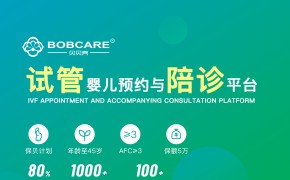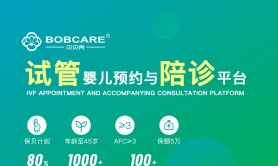Choosing the sex of your baby through IVF in the United States is a complex issue, both ethically and legally. While some clinics advertise gender selection……
Choosing the sex of your baby through IVF in the United States is a complex issue, both ethically and legally. While some clinics advertise gender selection, it’s crucial to understand the limitations and implications before proceeding. The technology used is generally Preimplantation Genetic Diagnosis (PGD), a procedure performed during in-vitro fertilization (IVF).
How PGD for Gender Selection Works:
PGD involves fertilizing eggs with sperm in a laboratory setting. Once embryos have developed to a certain stage (typically 5-6 days old, blastocyst stage), a small number of cells are biopsied. These cells are then genetically tested to determine the sex of the embryo. Only embryos of the desired sex are then selected for implantation into the uterus. The others are discarded.
Legal and Ethical Considerations:
In the United States, the legality of PGD for gender selection varies depending on the state and the reason for choosing a specific sex. While PGD is generally legal, its use for non-medical sex selection (i.e., solely for family balancing or personal preference) is ethically debated. Many clinics will only perform PGD for gender selection if there’s a high risk of inheriting a sex-linked genetic disorder. This means you might face difficulty finding a clinic willing to perform gender selection solely for preference.
The Process:
-
Initial Consultation: You’ll meet with a fertility specialist to discuss your options, medical history, and the reasons for wanting gender selection. Be prepared to answer questions about your motivations and understand the potential emotional and ethical implications.
-
IVF Cycle: The standard IVF procedure is followed, involving ovarian stimulation, egg retrieval, and fertilization.
-
PGD: Once embryos reach the blastocyst stage, biopsy is performed. This is a delicate procedure with potential risks.
-
Embryo Transfer: Only embryos of the desired sex are transferred. The remaining embryos may be frozen for future use (if permitted and desired) or discarded.
-
Pregnancy: A pregnancy test is performed approximately two weeks after embryo transfer.
Success Rates and Costs:
The success rates of IVF combined with PGD vary depending on the clinic, the age of the parents, and other individual factors. The cost of this procedure can be substantially higher than standard IVF, often exceeding $20,000. This includes all the costs associated with the IVF cycle, genetic testing, and embryo transfer.
Important Considerations:
- Ethical Implications: Carefully consider the ethical implications of selecting the sex of your child. Some people find it morally objectionable.
- Multiple Births: The transfer of multiple embryos increases the risk of multiple births (twins, triplets, etc.), which can pose health risks to both the mother and the babies.
- Emotional Impact: The possibility of not achieving the desired sex, or facing failed IVF cycles, can be emotionally challenging.
- Clinic Selection: It is crucial to choose a reputable clinic with experienced professionals.
Disclaimer: This information is for educational purposes only and does not constitute medical advice. Always consult with a qualified fertility specialist to discuss your individual circumstances and options. The information provided here may not reflect the latest advancements or regulations in the field.


 微信扫一扫
微信扫一扫 






还没有评论呢,快来抢沙发~